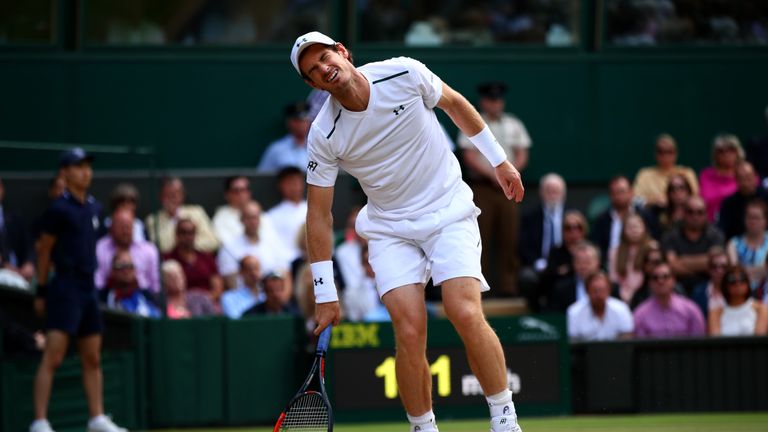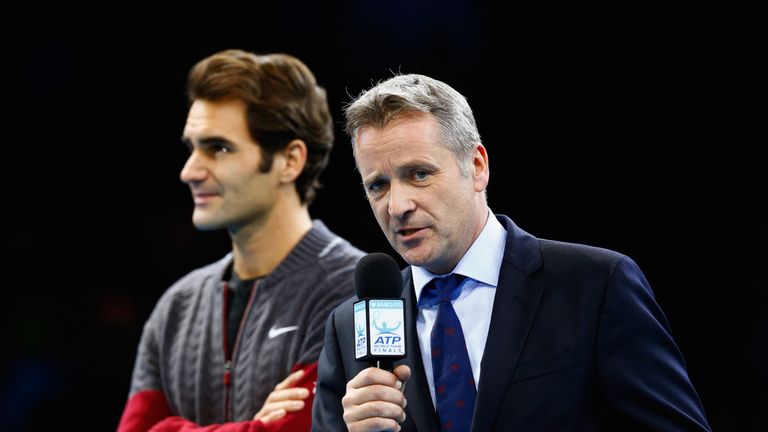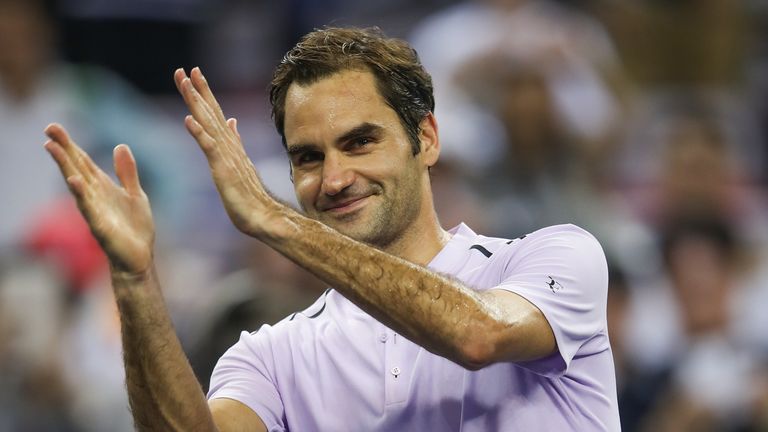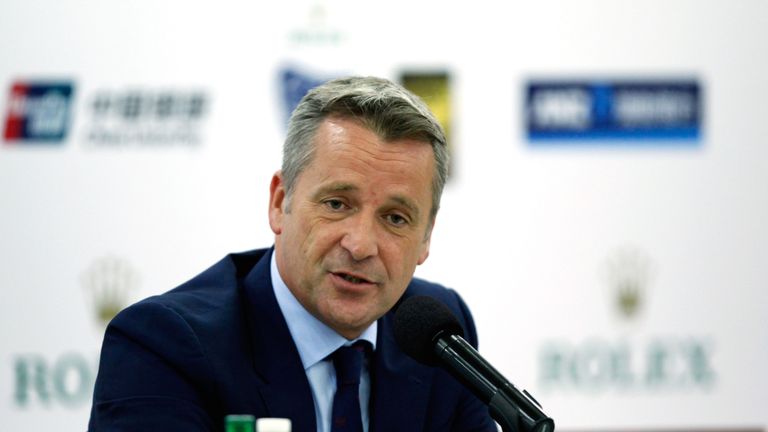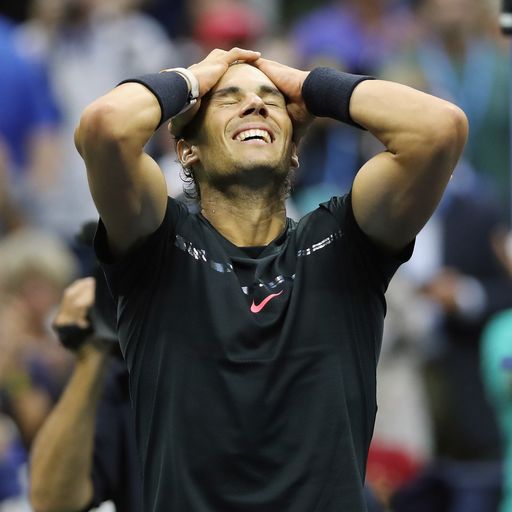ATP chief Chris Kermode discusses possible changes to tour schedule
Chris Kermode speaks to Sky Sports about possible schedule changes, player injuries and possibility of new tournaments

Saturday 9 December 2017 13:29, UK
After a year which saw a renaissance in form by Rafael Nadal and Roger Federer combined with injuries to high-profile names, Sky Sports Tennis assess the rigours of the ATP schedule and whether changes to the tennis calendar are forthcoming.
Federer returned from a lengthy injury absence in the second half of the 2016 season while Nadal enjoyed a hugely successful 2017, ending the year as world No 1 for the first time since 2013 - despite being forced to withdraw from the season-ending ATP Finals with a knee injury.
Andy Murray and Novak Djokovic were both forced to skip the second half of the campaign through hip and elbow injuries respectively, while other notable figures including Stan Wawrinka, Milos Raonic and Kei Nishikori were on the sidelines in the closing months of the 2017 campaign.
Federer claimed seven titles and lost only five matches all year but the 19-time Grand Slam champion managed his schedule, missing the entirety of the clay court season in a bid to minimise the risk of injury.
ATP executive chairman and president Chris Kermode, appointed to the role in 2013, spoke in depth to Sky Sports during the ATP Finals in London last month and the former Queen's tournament director admitted that the wave of injuries is being carefully monitored.
Kermode, who was also asked about the possibility of the calendar reaching new cities, downplayed fears that injuries to the world's best players would become a recurring theme in years to come describing the events of 2017 as "the most unusual year we've ever had".
Is it time to rethink the schedule after the injuries to high-profile names in 2017?
"I think this is the most unusual year we've ever had, and it's a combination of the tour's set plans before I was in charge, over 10 years ago, to enable a system with giving older players exemptions from certain Masters Series events so if they hit three different sets of criteria they can play three less Masters than everyone else.
"What that has done is enabled players to play older and longer, which was the intention, but what people didn't see was that, with that, players are older and they're going to get more injured. It's that debate about whether it's better to have Roger playing at 36 years old - is that good for the game but he's going to play less and really work his calendar to reduce the number of matches, or do you have a system where people are playing at full pelt, overplaying and getting injured?
"This is the first year that I think we've had such high profile players being injured. That's what has caused the story because, overall, the tour injuries are down six per cent. It's a strange conundrum going on.
"It is something we need to keep looking at and reviewing and we've got huge medical teams looking at a large amount of data. What is causing injuries - is it that from a young age players haven't been educated enough about hip injuries and stretching? Is it changes of balls across different surfaces and swings? Is it changing the surface?
"When you speak to most players, they'll probably say it's the surface change that causes a lot of the injuries. So rather than saying hard courts are more brutal on the body, maybe if everyone all played on the hard, maybe you would have fewer injuries. But then you get criticised because the game becomes homogenised and there are different styles of play and different speeds. It's a constant balancing act.
"With all these injuries there's a 'is there a culture being formulated by Roger that he can take the time off' that is different to the guys who are actually injured. Dipping in and out and taking the time off, I think that only happens when you are 36 and only happens when you are reaching Grand Slam finals so you reach that amount of points to remain at the top of the ATP rankings. That will only apply to very few players who are going to stay up there. That's why people will play to keep their ranking up.
"The injuries are a different one. Players have had surgeries and I think we mix the Roger with the injuries and they are very different."
What is the likelihood of a new tournament being added?
"We're reviewing our whole business at the moment. We have 62 events around the world, it is a very compact and very intense calendar. There is a huge demand in various regions for Masters 1000s, 500s and 250s and there is almost too much demand but there are only so many tournaments players can play.
"The importance for me is to balance the global nature of the sport without chasing money. If you do that you could all end up in certain regions of the world and it's not a global spread. We have to protect the cornerstone of Europe and the United States while exploring new markets.
"I think Africa is one I would like to look at because it is a huge continent. We used to have tennis in Cape Town and Johannesburg. Can that be looked at? I would like to but it's where it all fits in.
"We've talked about [adding a Masters Series event] in this review. I personally wouldn't. The reason the Masters Series tournaments work is because players are committed to play (them), and there are only so many weeks. It's very difficult to add on extra commitment. If you put in a commitment event and people start pulling out because they're injured, it doesn't look great, and I think nine is the perfect number."
We'll be back in 2018 with coverage from the Australian Open on www.skysports.com/tennis with news, previews, live blogs, reports and expert analysis.
On the move? Head to our app for mobile devices and iPad, or follow our Twitter account @SkySportsTennis to join in the conversation. Who will win the Australian Open? Have your say...

